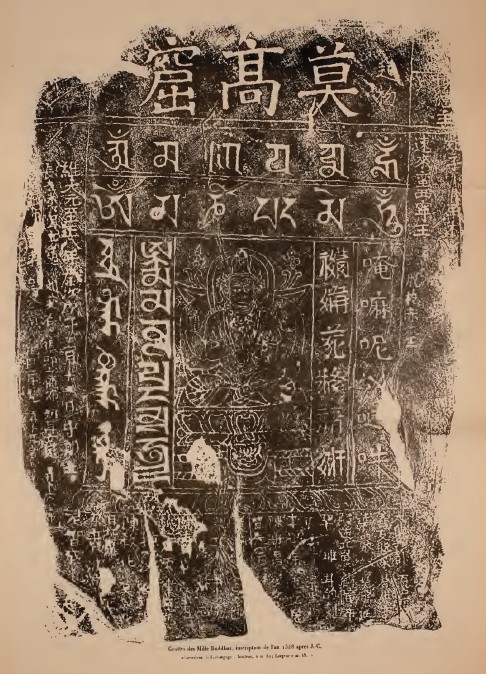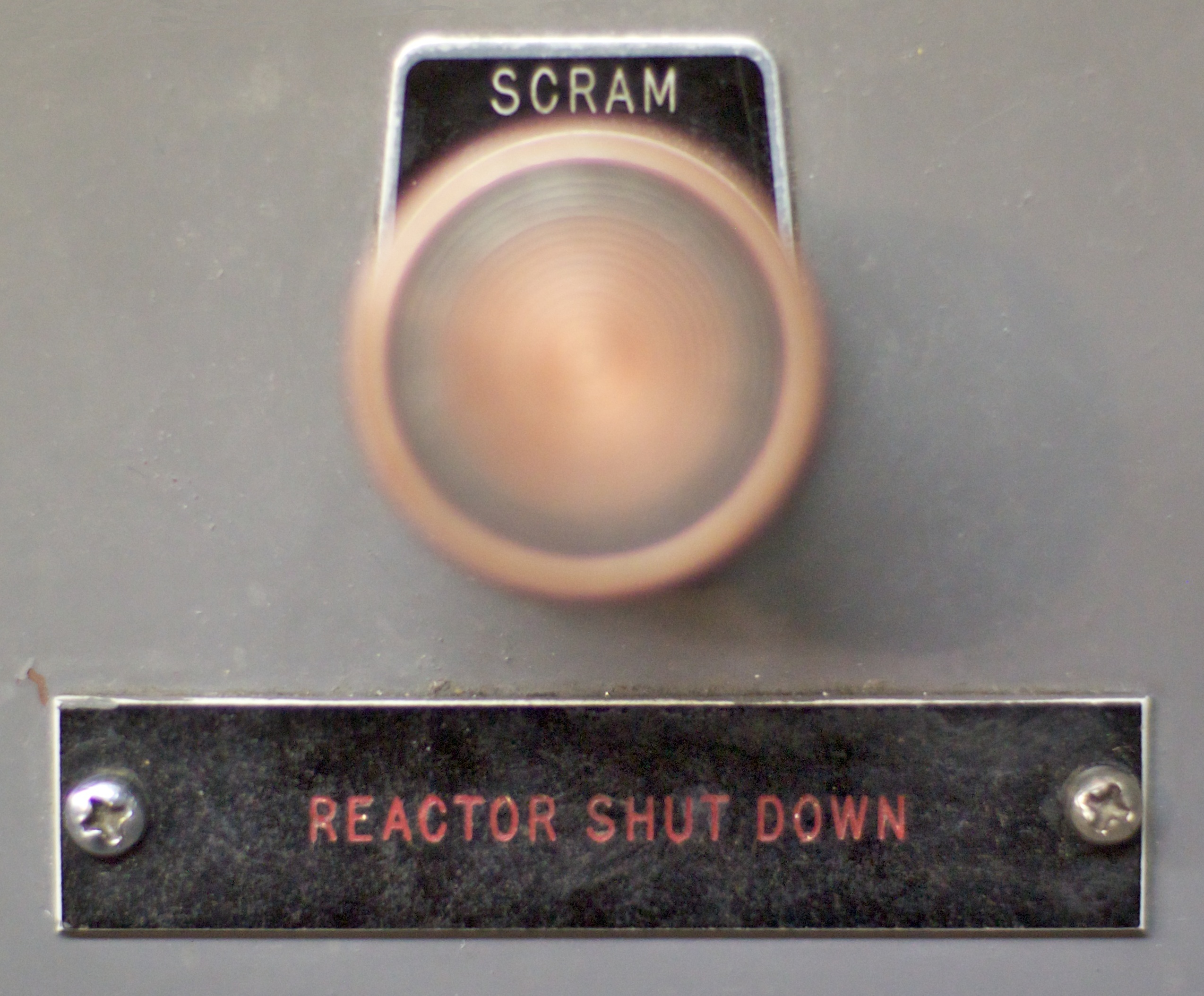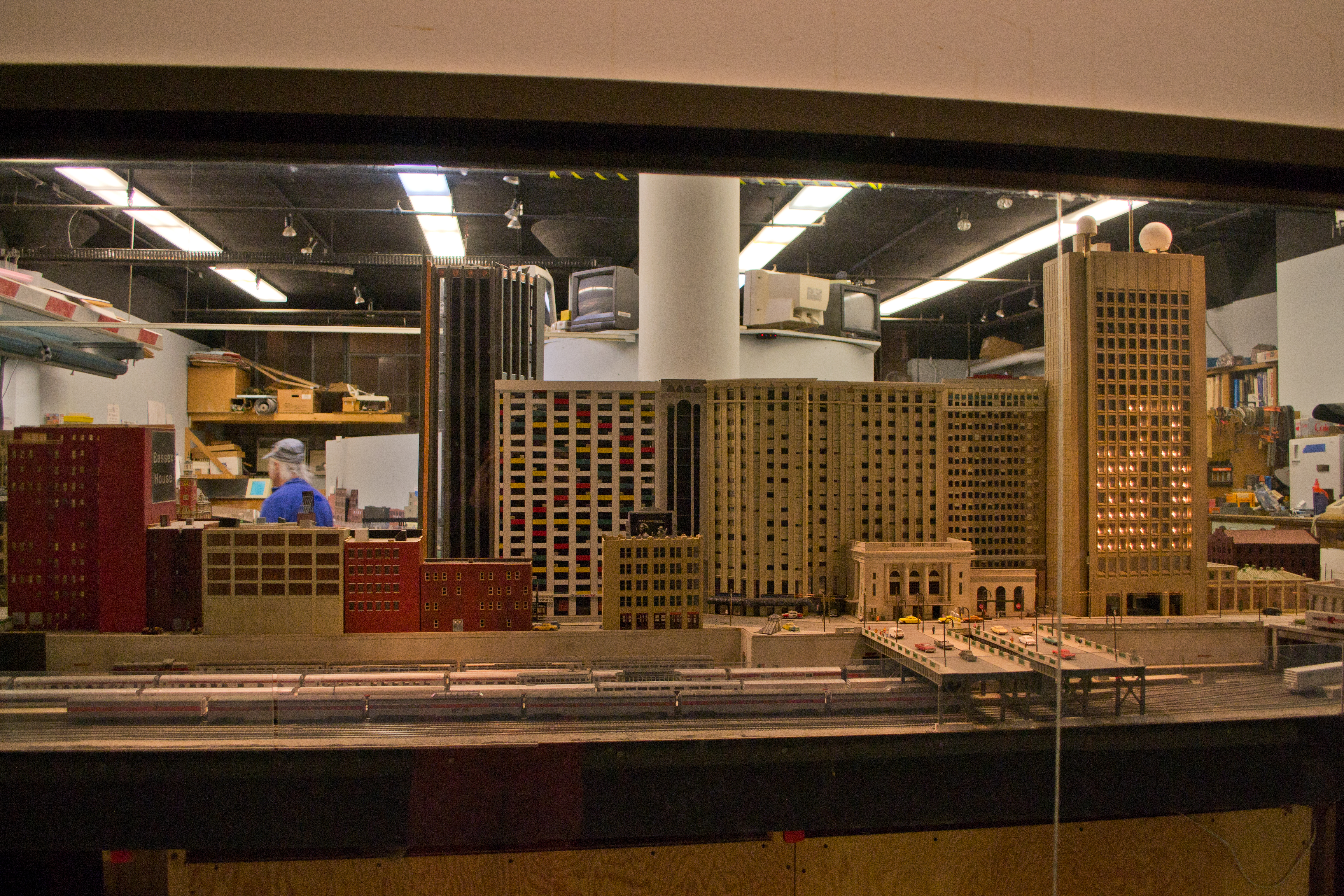|
Foobar
The terms foobar (), foo, bar, baz, qux, quux, and others are used as metasyntactic variables and placeholder names in computer programming or computer-related documentation. - Etymology of "Foo" They have been used to name entities such as variables, functions, and commands whose exact identity is unimportant and serve only to demonstrate a concept. The style guide for Google developer documentation recommends against using them as example project names because they are unclear and can cause confusion. History and etymology It is possible that ''foobar'' is a playful allusion to the World War II-era military slang FUBAR (''fucked up beyond all recognition)''. According to a RFC from the Internet Engineering Task Force, the word FOO originated as a nonsense word with its earliest documented use in the 1930s comic ''Smokey Stover'' by Bill Holman. Holman states that he used the word due to having seen it on the bottom of a jade Chinese figurine in San Francisco Chinatow ... [...More Info...] [...Related Items...] OR: [Wikipedia] [Google] [Baidu] |
Foo Camp
Foo Camp is an annual hacker event hosted by publisher O'Reilly Media. Event O'Reilly describes it as "the wiki of conferences", where the program is developed by the attendees at the event, using big whiteboard schedule templates that can be rewritten or overwritten by attendees to optimize the schedule; this type of event is sometimes called an unconference. The event started as a joke between Tim O'Reilly and Sara Winge, O'Reilly's VP of Corporate Communications. Sara had always wanted to run a ''foo bar'', an open bar for ''Friends of O'Reilly'', at one of O'Reilly's conferences. That joke morphed into a brainstorm after the dot com bust left O'Reilly with much unused office space in its new buildings, creating the opportunity for Foo Camp. The first Foo Camp was held in October 2003, and had approximately 200 attendees. There was eventually a Foo Bar at the camp. Tim O'Reilly describes the goal of his company as "changing the world by spreading the knowledge of innovator ... [...More Info...] [...Related Items...] OR: [Wikipedia] [Google] [Baidu] |
List Of Military Slang Terms
Military slang is a colloquial language used by and associated with members of various military forces. This page lists slang words or phrases that originate with military forces, are used exclusively by military personnel or are strongly associated with military organizations. Acronym slang A number of military slang terms are acronyms. These include ''SNAFU'', '' SUSFU'', ''FUBAR'', and similar terms used by various branches of the United States military during World War II. BOHICA BOHICA stands for ''Bend Over, Here It Comes Again''. The meaning is that something undesirable is going to happen again and that there is not much else one can do other than just endure it. The ''Log'', the humour magazine written by and for Midshipmen at the United States Naval Academy, featured a series of comics entitled "The Bohica Brothers", dating back to the early 1970s. FUBAR ''FUBAR'' (''Fucked/Fouled Up Beyond All/Any Repair/Recognition/Reason''), like SNAFU and SUSFU, dates from Worl ... [...More Info...] [...Related Items...] OR: [Wikipedia] [Google] [Baidu] |
Nonsense Word
In linguistics, a nonce word—also called an occasionalism—is any word (lexeme), or any sequence of sounds or letters, created for a single occasion or utterance but not otherwise understood or recognized as a word in a given language.''The Cambridge Encyclopedia of The English Language''. Ed. David Crystal. Cambridge: Cambridge University Press, 1995, p. 132. Nonce words have a variety of functions and are most commonly used for humor, poetry, children's literature, linguistic experiments, psychological studies, and medical diagnoses, or they arise by accident. Some nonce words have a meaning at their inception or gradually acquire a fixed meaning inferred from context and use, but if they eventually become an established part of the language (neologisms), they stop being nonce words.Crystal, David. (1997) ''A Dictionary of Linguistics and Phonetics'' (4th Edition). Oxford and Cambridge (Mass., USA): Blackwell Publishers Ltd. Other nonce words may be essentially mea ... [...More Info...] [...Related Items...] OR: [Wikipedia] [Google] [Baidu] |
Metasyntactic Variable
A metasyntactic variable is a specific word or set of words identified as a placeholder in computer science and specifically computer programming. These words are commonly found in source code and are intended to be modified or substituted before real-world usage. For example, ''foo'' and ''bar'' are used in over 330 Internet Engineering Task Force Requests for Comments, the documents which define foundational internet technologies like HTTP (web), TCP/IP, and email protocols. By mathematical analogy, a metasyntactic variable is a word that is a variable for other words, just as in algebra letters are used as variables for numbers. Metasyntactic variables are used to name entities such as variables, functions, and commands whose exact identity is unimportant and serve only to demonstrate a concept, which is useful for teaching programming. Common metasyntactic variables Since English is the foundation language or lingua franca of most computer programming languages, varia ... [...More Info...] [...Related Items...] OR: [Wikipedia] [Google] [Baidu] |
Bill Holman (cartoonist)
Bill Holman (March 22, 1903 – February 27, 1987) ''New York Times'' (March 21, 1987). was an American cartoonist who drew the classic comic strip ''Smokey Stover'' from 1935 until he retired in 1973. Distributed through the Chicago Tribune New York News Syndicate, Chicago Tribune syndicate, it had the longest run of any strip in the screwball genre. Holman signed some strips with the pseudonym Scat H. He once described himself as "always inclined to humor and acting silly."Goulart, Ron, editor. ''The Encyclopedia of American Comics'', Facts on File, 1990. Born in Crawfordsville, Indiana, Holman lived as a child in Nappanee, Indiana, a town where six successful cartoonists lived when they were children. Holman's father died when he was young. He began drawing when he was 12 years old. While working part-time at Nappanee ... [...More Info...] [...Related Items...] OR: [Wikipedia] [Google] [Baidu] |
Intel
Intel Corporation is an American multinational corporation and technology company headquartered in Santa Clara, California, and Delaware General Corporation Law, incorporated in Delaware. Intel designs, manufactures, and sells computer components such as central processing units (CPUs) and related products for business and consumer markets. It is one of the world's List of largest semiconductor chip manufacturers, largest semiconductor chip manufacturers by revenue, and ranked in the Fortune 500, ''Fortune'' 500 list of the List of largest companies in the United States by revenue, largest United States corporations by revenue for nearly a decade, from 2007 to 2016 Fiscal year, fiscal years, until it was removed from the ranking in 2018. In 2020, it was reinstated and ranked 45th, being the List of Fortune 500 computer software and information companies, 7th-largest technology company in the ranking. It was one of the first companies listed on Nasdaq. Intel supplies List of I ... [...More Info...] [...Related Items...] OR: [Wikipedia] [Google] [Baidu] |
Fe-fi-fo-fum
"Fee-fi-fo-fum" is the first line of a historical quatrain (or sometimes couplet) famous for its use in the classic English folklore, English fairy tale "Jack and the Beanstalk". The poem, as given in Joseph Jacobs' 1890 rendition, is as follows: Fee-fi-fo-fum, I smell the blood of English young, Be he alive, or be he dead I'll have his bones to grind my bread. Though the rhyme is tetrameter, tetrametric, it follows no consistent metrical foot; however, the lines correspond roughly to a syllable, monosyllabic tetrameter, a dactylic tetrameter, a trochaic tetrameter, and an iambic tetrameter respectively. The poem has historically made use of assonance, assonant half rhyme. Origin The rhyme appears in the 1596 pamphlet "Have with You to Saffron-Walden, Haue with You to Saffron-Walden" written by Thomas Nashe, who mentions that the rhyme was already old and its origins obscure: In William Shakespeare's play ''King Lear'' (c. 1605), in Act III, Scene IV, the character Edgar ... [...More Info...] [...Related Items...] OR: [Wikipedia] [Google] [Baidu] |
Colossal Cave Adventure
''Colossal Cave Adventure'' (also known as ''Adventure'' or ''ADVENT'') is a text-based adventure game, released in 1976 by developer Will Crowther for the PDP-10 mainframe computer. It was expanded upon in 1977 by Don Woods. In the game, the player explores a cave system rumored to be filled with treasure and gold. The game is composed of dozens of locations, and the player moves between these locations and interacts with objects in them by typing one- or two-word commands which are interpreted by the game's natural language input system. The program acts as a narrator, describing the player's location and the results of the player's attempted actions. It is the first well-known example of interactive fiction, as well as the first well-known adventure game, for which it was also the namesake. The original game, written in 1975 and 1976, was based on Crowther's maps and experiences caving in Mammoth Cave in Kentucky, the longest cave system in the world; further, it was inte ... [...More Info...] [...Related Items...] OR: [Wikipedia] [Google] [Baidu] |
Om Mani Padme Hum
' (, ) is the six-syllabled Sanskrit mantra particularly associated with the four-armed Shadakshari form of Avalokiteshvara, the bodhisattva of compassion. It first appeared in the Mahayana ''Kāraṇḍavyūha sūtra'', where it is also referred to as the ''sadaksara'' (, six syllabled) and the ''paramahrdaya'', or "innermost heart" of Avalokiteshvara. In this text, the mantra is seen as the condensed form of all Buddhist teachings. The precise meaning and significance of the words remain much discussed by Buddhist scholars. The literal meaning in English has been expressed as "praise to the jewel in the lotus", or as a declarative aspiration, possibly meaning "I in the jewel-lotus". ''Padma'' is the Sanskrit for the Indian lotus (''Nelumbo nucifera'') and ''mani'' for "jewel", as in a type of spiritual "jewel" widely referred to in Buddhism. The first word, '' aum/om'', is a sacred syllable in various Indian religions, and ''hum'' represents the spirit of enlightenment. ... [...More Info...] [...Related Items...] OR: [Wikipedia] [Google] [Baidu] |
Scram
A scram or SCRAM is an emergency shutdown of a nuclear reactor effected by immediately terminating the fission reaction. It is also the name that is given to the manually operated kill switch that initiates the shutdown. In commercial reactor operations, this type of shutdown is often referred to as a "scram" at boiling water reactors, a "reactor ''trip''" at pressurized water reactors and "EPIS" at a CANDU reactor. In many cases, a scram is part of the routine shutdown procedure which serves to test the emergency shutdown system. Etymology There is no definitive origin for the term. United States Nuclear Regulatory Commission historian Tom Wellock notes that '' scram'' is English-language slang for leaving quickly and urgently (as in scrambling to get away), and he cites this as the original and most likely accurate basis for the use of ''scram'' in the technical context. Scram is sometimes cited as being an acronym for safety control rod axe man or safety cut rope axe ... [...More Info...] [...Related Items...] OR: [Wikipedia] [Google] [Baidu] |
Tech Model Railroad Club
The Tech Model Railroad Club (TMRC) is a student organization at the Massachusetts Institute of Technology (MIT). Historically, it has been a wellspring of hacker culture and the oldest such hacking group in North America. Formed in 1946, its HO scale layout specializes in the automated operation of model trains. History The first meeting of the Tech Model Railroad Club was organized by John Fitzallen Moore and Walter Marvin in November 1946. Moore and Marvin had membership cards #0 and #1 and served as the first president and vice-president respectively. They then switched roles the following year. Circa 1948, the club obtained official MIT campus space in Room 20E-214, on the third floor of Building 20, a "temporary" World War II-era structure, sometimes called "the Plywood Palace", which had been home to the MIT Radiation Lab during World War II. The club's members, who shared a passion to find out how things worked and then to master them, were among the first hackers. S ... [...More Info...] [...Related Items...] OR: [Wikipedia] [Google] [Baidu] |






